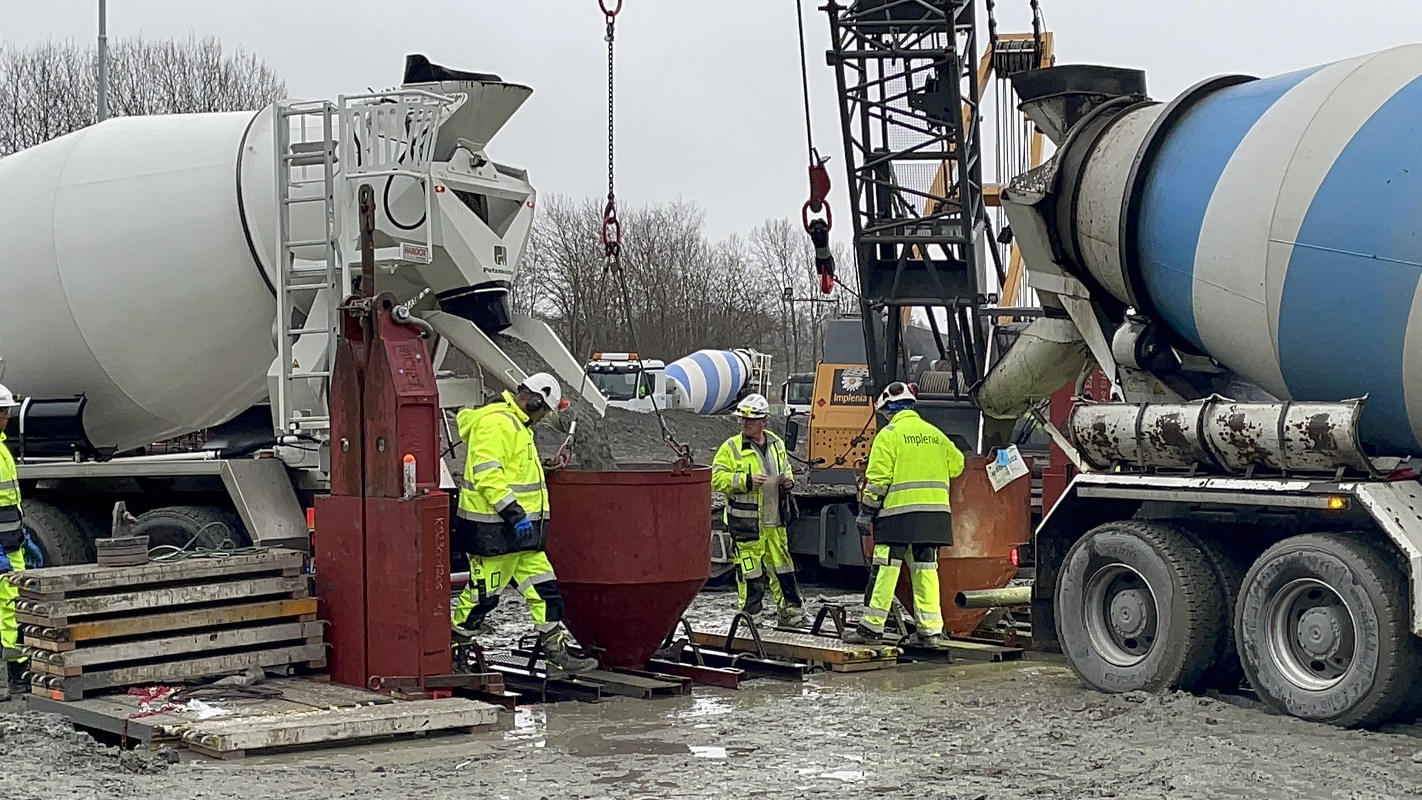- Middle East
- Go to acciona.com
-
The result is higher quality, less wastage, lower cost and reduced CO2 emissions.
-
Concrete structure tends to deteriorate more rapidly exhibiting greater problems with cracking control in temperate regions of the world.
-
Concrete production leads to high greenhouse gas emissions but is essential for the construction industry worldwide.

ACCIONA, as part with its commitment with innovation and sustainability, has developed an app that ensures full control of the entire concrete process, from production to the concrete being cast.
The objective of this new technology is guaranteeing the top quality of the concrete we deliver to monitor everything that happens in real-time from production to transport and to the final delivery. The result is higher quality, less wastage, lower cost and reduced CO2 emissions.
This app has been developed and tested in a project that ACCIONA is carrying out in Norway. Extra high demands are placed on the quality of the concrete due to changing weather conditions. Considering the hot and arid weather in the Middle East region and the need to use high strength concrete, brings forward the problem of concrete durability under these climate conditions. It can be seen that concrete structure tends to deteriorate more rapidly exhibiting greater problems with cracking control in temperate regions of the world. The company now wants to use this technology in several projects, both in Norway and other countries.
It is estimated that the world's concrete use annually is 12.5-14 billion cubic meters - which makes concrete the world's most used building material. This material is very versatile but requires very short delivery time and proper handling. If it takes too long from production to use or if it is handled incorrectly, its quality will deteriorate. In the worst case, the concrete must be destroyed, which leads to unnecessarily high emissions and costs.
“To be able to document that the concrete holds the quality we promise, we saw a clear need to monitor all steps of the process. In addition to being able to document the quality, the new technology also provides several other positive synergy effects, such as reduced costs and CO2 emissions” says Ignacio Calvo, Transformation Director of ACCIONA´s Construction business.
REDUCED WASTAGE AND CO2 EMISSIONS
About 90% of CO2 emissions from concrete come from cement. During production, 700-800 kg of CO2 are emitted per ton of pure cement. Thus, it is crucial that the concrete produced has a long life to reduce the need for new cement production. In addition, it is important that the concrete produced can be used.
In any project there is waste of concrete due to inefficiencies and several other reasons. Minimizing them contributes to reduce costs and CO2 emissions. In the future, climate change will lead to more frequent extreme weather, which will place higher demands on the use of materials so it will be even more important to think about climate adaptation in construction projects.
“We believe this technology will become increasingly important. The use of high-quality concrete will reduce the need for rehabilitation, which will save society both cost and CO2 emissions in the years to come”, concludes Calvo.